What Does Lie Mean In Golf?
Lie means two different things in golf, one related to how your ball is sitting and the other to how your club is sitting...

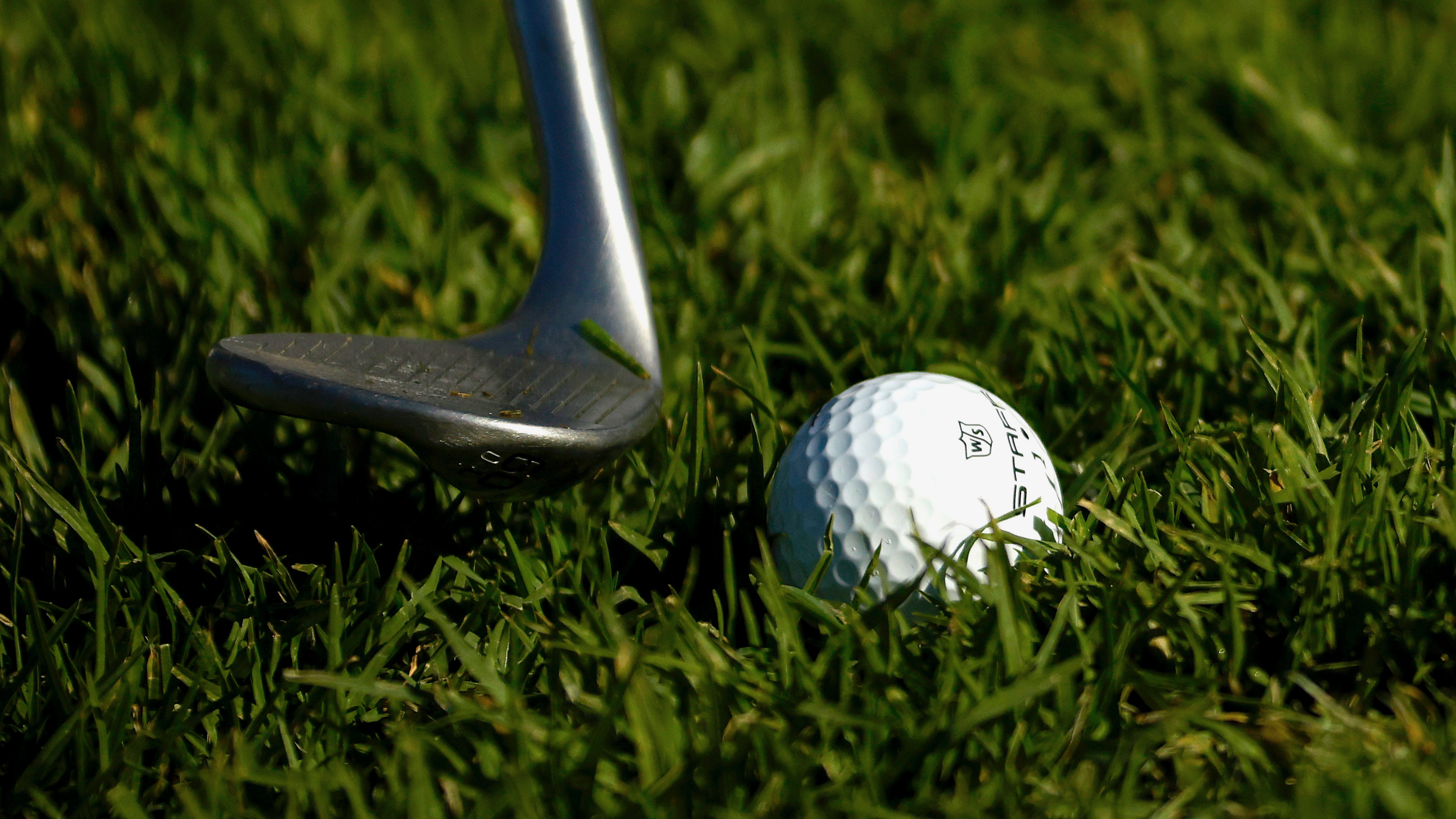
‘Lie’ actually means two different things in golf.
First, it relates to how and where the ball is sitting or lying anywhere on the golf course other than the teeing area, where it will usually be on a tee-peg, or, to a large degree, the putting green, where the grass is cut so short you would hope the ball would be sitting consistently well.
But it is also a club-related term that refers to how your irons, wedges and putter in particular sit to the ground as you set up to the ball and through impact via their lie angle – the angle between clubhead and shaft.
The lie of the ball
Away from tees and greens, the game of golf is played in a vast natural arena combining areas of short fairway grass, rough of all lengths, areas of woodland and so on (all part of ‘the general area’), plus bunkers and then penalty areas.
Once you’re out there on a golf hole, there is no guarantee as to how well or otherwise your ball might be lying in any of these areas of the golf course.
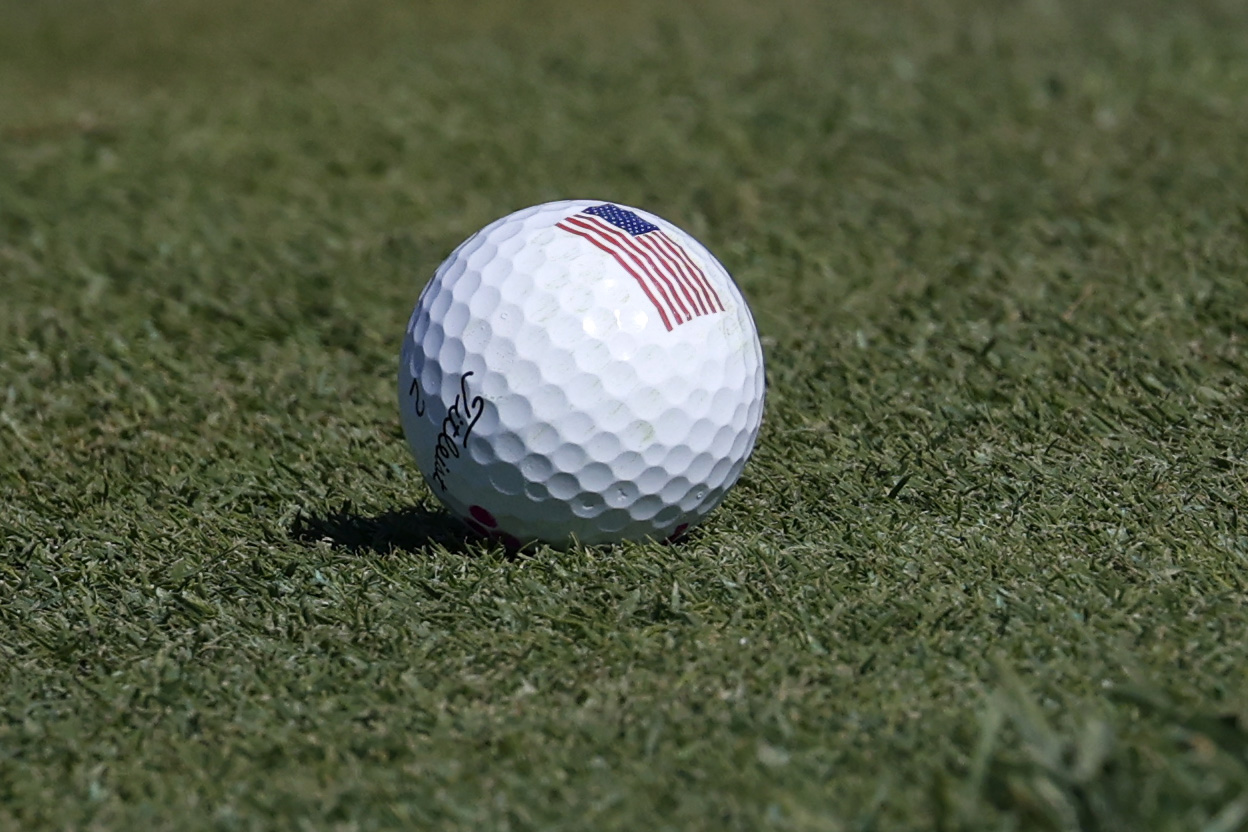
A perfect lie on the fairway
If you’ve watched any golf on telly you will almost certainly have heard commentators say, “He’s got a great lie here,” or “This lie is not so good – I don’t think he’s going to like it.” But what do they mean by that?
Well, it’s really just an indication of how well the ball is sitting for the next shot they face. If they’ve found the middle of the fairway where the grass is neat and manicured, then they will almost certainly have a good lie for their next shot. The ball is sitting cleanly and just waiting to be hit.
Subscribe to the Golf Monthly newsletter to stay up to date with all the latest tour news, equipment news, reviews, head-to-heads and buyer’s guides from our team of experienced experts.
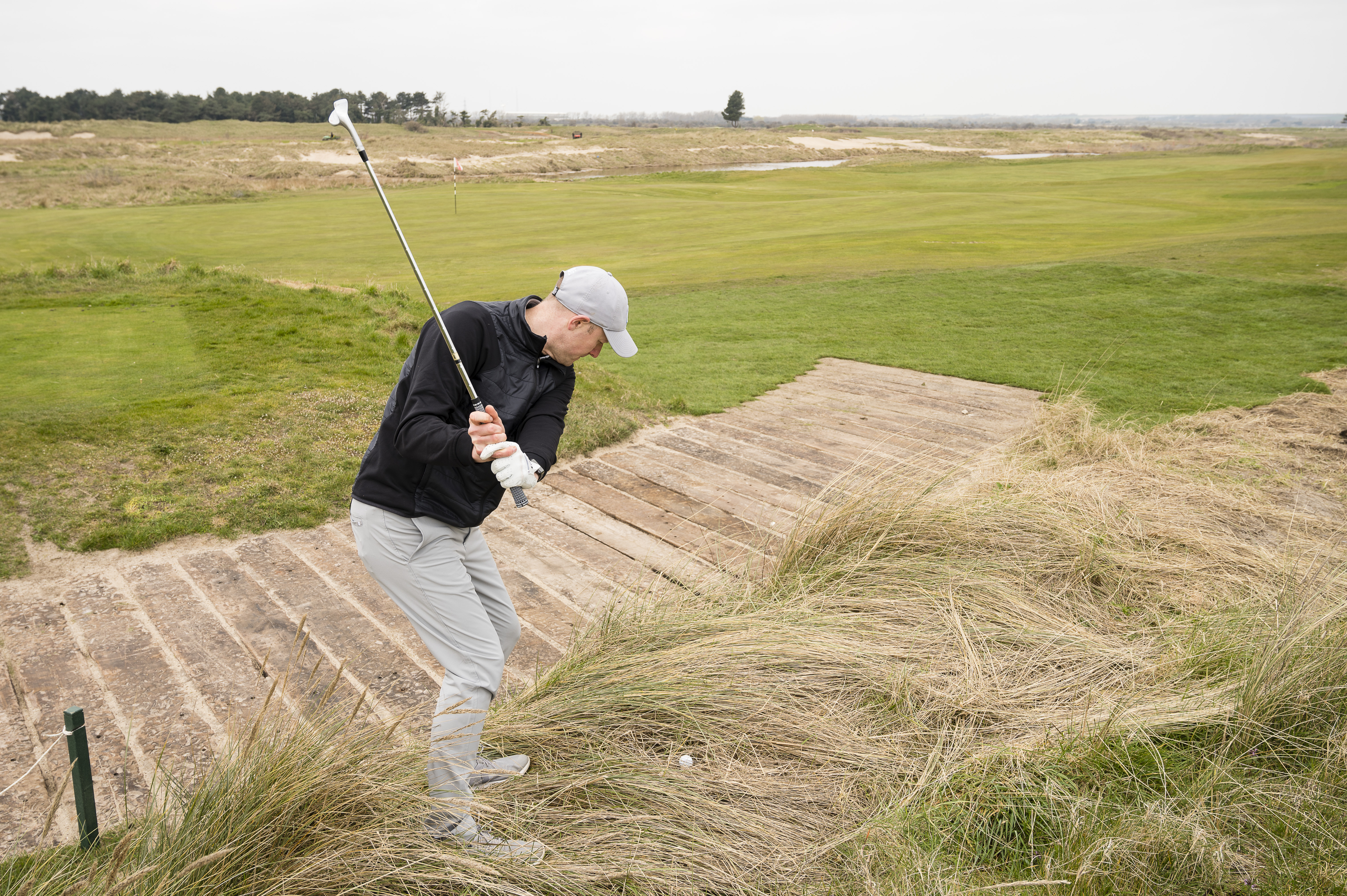
Your lie won't be so good when you venture into the rough
If they’ve found the rough, things become a little less certain.
The lie could be good, with the ball sitting on top of the fluffy grass, but it could be poor, with the ball either sitting right down in the grass or perhaps the wrong side of a tuft, which then makes it very difficult to make clean contact on the ball.
In such circumstances, and depending on the severity of the lie, you may need to consider taking a much more lofted club to simply get the ball back in play somewhere rather than hoping to progress it any great distance.
And if the lie is so bad that you’re not sure you can even move the ball at all, you may want to consider taking penalty relief under one of the three unplayable ball options.

You need to be aware there is no free relief from divots!
One of golf’s unkindest lies of all is when your ball comes to rest in a divot on the fairway. Unfortunately, unless winter rules or preferred lies are in force, there is no free relief in this scenario and you will have to play the ball as it lies or maybe consider a penalty drop if it's really bad.
The embedded ball, where the ball plugs in its own pitchmark on landing in very soft conditions, would be an even worse lie but thankfully, this time, the Rules of Golf do allow you free relief from such a lie anywhere in the general area of the course, but not in bunkers or penalty areas.
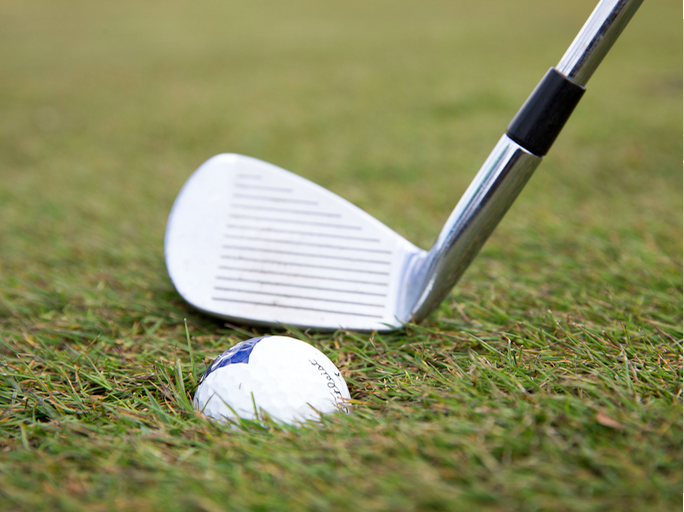
There is free relief if your ball embeds in its own pitchmark in the general area of the course
Indeed, the embedded lie in a bunker is one of the game’s toughest challenges, so it’s worth reading a tip or two on how to tackle a plugged lie in the sand.
The lie can be very important in bunkers where you’re really hoping for it to be sitting nicely on top of the sand. The moment it settles down into the sand a little, or ends up in an old rake mark, the lie will make the next shot that little bit more difficult to play and control.
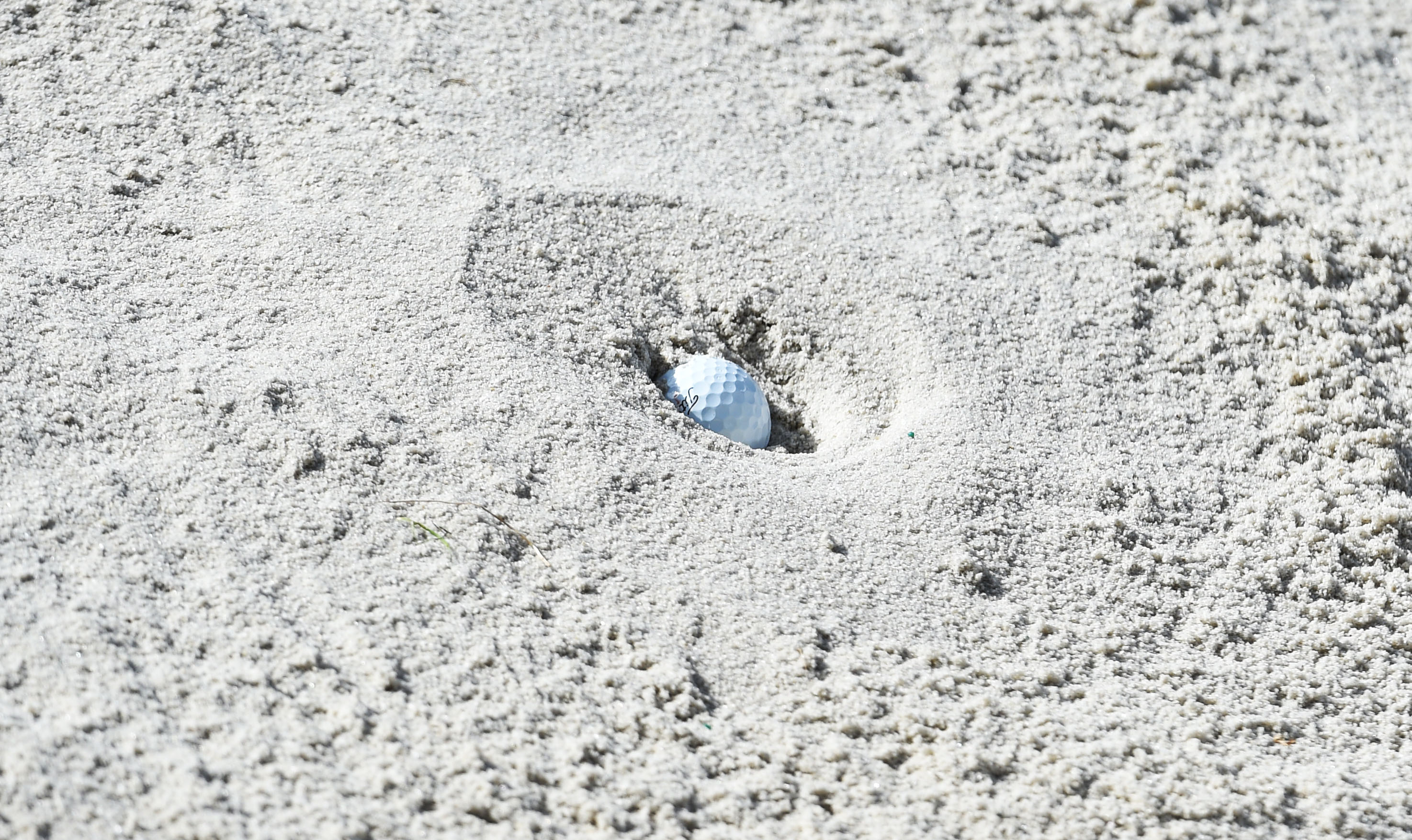
One of golf's most dreaded scenarios - the plugged bunker lie!
The lie angle of your clubs
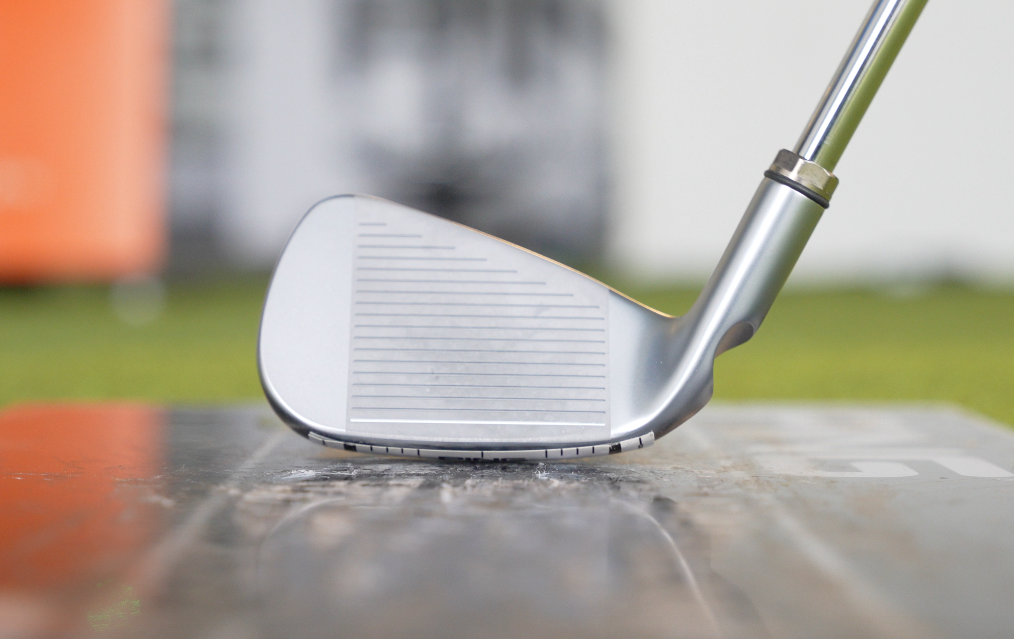
So, what about the lie angle of your clubs?
If you got down on the ground and looked at your club behind the ball at address from either front or back, you will get a good idea as whether the lie angle is correct for you, though it’s what happens at impact that is most important.
The sole of the club should be sitting pretty neatly to the ground along its entire length.
If your clubs are too upright for you, the toe of the club will be raised a little and you are likely the catch the ground with the heel of the club at impact and send your shots left.
It’s vice versa if your clubs are too flat – the heel will be raised, they will point a little right of target and you are likely to catch the ground with the toe at impact, sending your shots right.
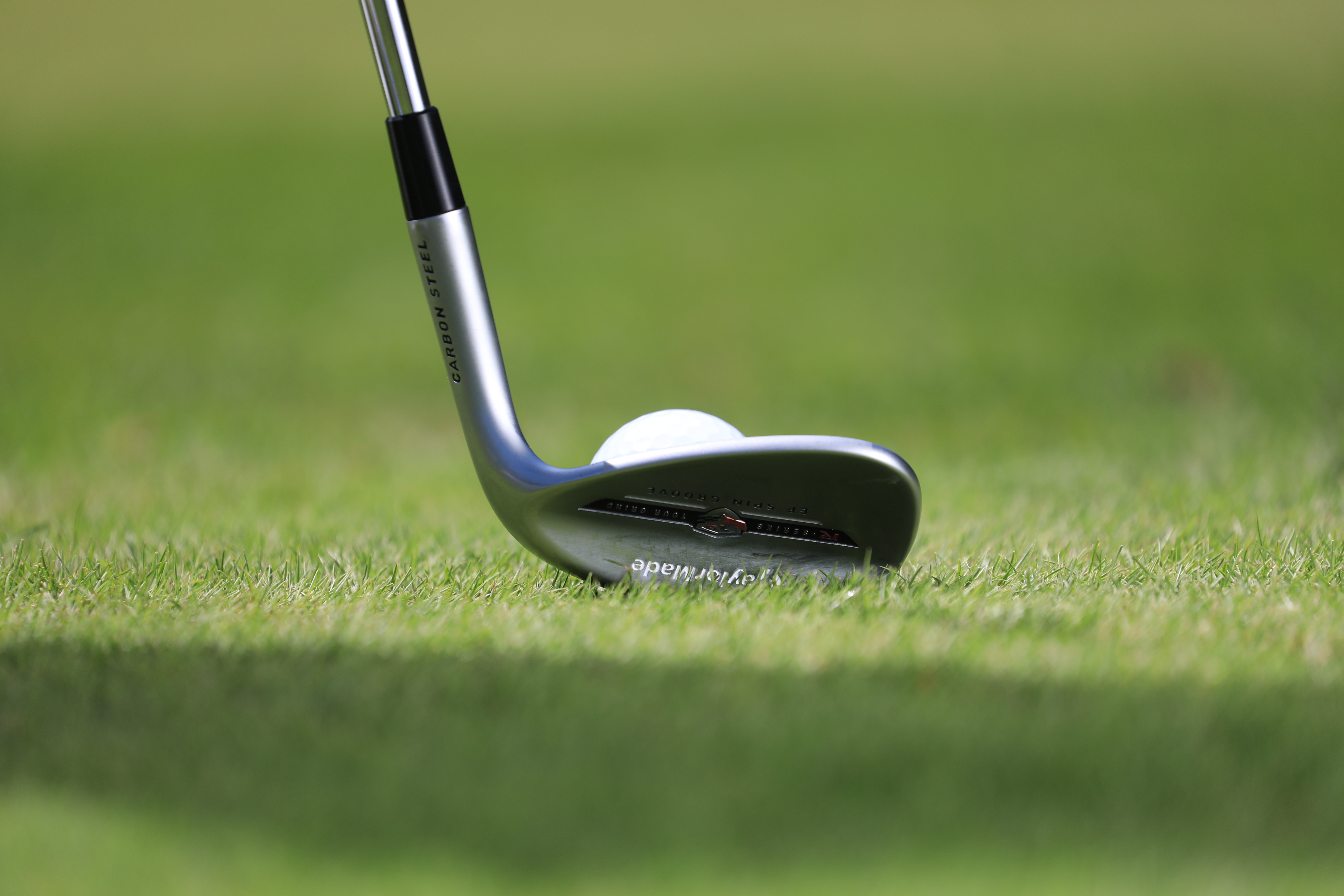
The lie angle is too flat here with the heel up off the ground

A custom-fitting session is the best way to ensure you have the correct lie angle in your clubs
It’s best to check that your clubs lie right for your swing sooner rather than later, otherwise you may subconsciously adapt your swing in order to hit the ball reasonably cleanly, which could lead to other issues.
The best way to find out is to book yourself a custom-fitting session with a qualified club fitter.

Jeremy Ellwood has worked in the golf industry since 1993 and for Golf Monthly since 2002 when he started out as equipment editor. He is now a freelance journalist writing mainly for Golf Monthly. He is an expert on the Rules of Golf having qualified through an R&A course to become a golf referee. He is a senior panelist for Golf Monthly's Top 100 UK & Ireland Course Rankings and has played all of the Top 100 plus 91 of the Next 100, making him well-qualified when it comes to assessing and comparing our premier golf courses. He has now played 1,000 golf courses worldwide in 35 countries, from the humblest of nine-holers in the Scottish Highlands to the very grandest of international golf resorts. He reached the 1,000 mark on his 60th birthday in October 2023 on Vale do Lobo's Ocean course. Put him on a links course anywhere and he will be blissfully content.
Jezz can be contacted via Twitter - @JezzEllwoodGolf
Jeremy is currently playing...
Driver: Ping G425 LST 10.5˚ (draw setting), Mitsubishi Tensei AV Orange 55 S shaft
3 wood: Srixon ZX, EvenFlow Riptide 6.0 S 50g shaft
Hybrid: Ping G425 17˚, Mitsubishi Tensei CK Pro Orange 80 S shaft
Irons 3- to 8-iron: Ping i525, True Temper Dynamic Gold 105 R300 shafts
Irons 9-iron and PW: Honma TWorld TW747Vx, Nippon NS Pro regular shaft
Wedges: Ping Glide 4.0 50˚ and 54˚, 12˚ bounce, True Temper Dynamic Gold 105 R300 shafts
Putter: Kramski HPP 325
Ball: Any premium ball I can find in a charity shop or similar (or out on the course!)